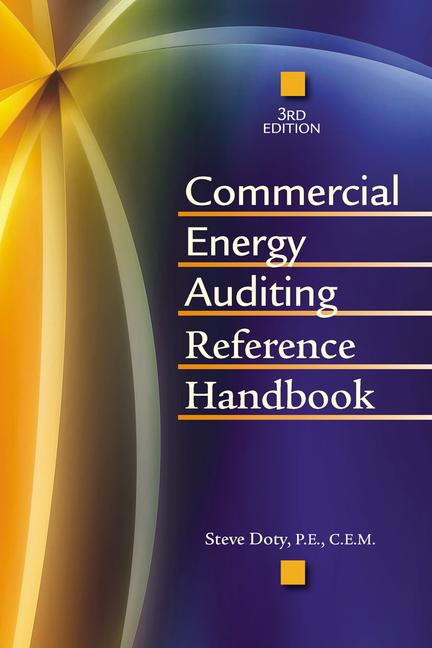CAN ONE OF THE HOT METHODOLOGIES PROVIDE SOME COOL RELIEF?
Trying to get the boss to invest in energy efficiency upgrades is often an uphill climb, but channeling such efforts through a quality management process may help level the field. By portraying energy waste as a "defect" requiring correction, some have used such methodologies (e.g., TQM, ISO 14001, Six Sigma) to secure superiors' support. Each process includes problem definition, measurement, analysis, and continuous improvement. All involve senior management personnel as part of a team approach.WHY NOT JUST USE AN ESCO?
Energy is still seen by many as a cost of business instead of an opportunity to save money. Proposals for energy-saving options may fail to elicit a response from a CFO, sometimes for good reason. Firms have complained about being "burned" by inflated savings claims from energy service companies (ESCOs) that never panned out. Others suffered higher-than-expected final costs of energy projects, or were confused by volatile energy pricing. A few exhibited "analysis paralysis," unable to sort out and quantify all the variables.Projections of energy savings (see the February 2005 Energy Wiz column titled "Three Myths of Energy Efficiency" at www.esmagazine.com) may lack the rigor applied to evaluating a change to a manufacturing process. As a result, they may not be taken as seriously, causing them to be passed over for funding even when paybacks appear better than other company investments.
ENERGY EFFICIENCY AS A QUALITY INDICATOR
Readers may recall the Total Quality Management (TQM) craze in the '90s. Much against his will, this writer was, at the time, pressed into leading a Process Improvement Team (PIT) at a major institution to allocate energy costs among various departments. While several times I wanted to run screaming from the conference room, I gradually saw the value of a team approach and step-by-step procedures for resolving issues that had been ongoing sources of contention. Building managers and engineers seeking support for energy cost-cutting options may wish to examine management improvement techniques already in use at their facilities for ways to catch the boss's attention.Applying an accepted quality management technique like Six Sigma (with its built-in procedures for development, documentation, and improvement) may provide the necessary framework for such success. A "sigma" is one standard deviation, indicating a level of statistical variance among a group of values. More sigmas indicate a lower level of acceptable error. Leading U.S. manufacturing firms that have applied the Six Sigma process to cutting industrial energy costs include Dow, DuPont, W.R. Grace, Frito-Lay, and Raytheon (which won an EPA Energy Star award in 2003). The Six Sigma process also requires that senior management be aware of the problems being confronted and how solutions are developed.
There is no dearth of information on such methodologies, though finding examples of how they've been applied to energy efficiency quickly narrows the search. A good starting point is the Alliance to Save Energy where in several case studies discuss how some firms have applied Six Sigma to energy efficiency. Another short case study may be found at the University of Texas Technology Showcase.
APPLYING SIX SIGMA TO ENERGY PROBLEMS
To get started, check out www.isixsigma.com. It boasts an excellent library and many short, easily digestible descriptions of aspects of the Six Sigma process. Many books are also available on the technique. There's even a Six Sigma for Dummies, which helped this writer decipher some of the jargon that so commonly litters discussions of management techniques.Making the case for an energy upgrade via Six Sigma may involve portraying the matter statistically to remove subjectivity or bias and to make the results measurable. Energy consumed in a repetitive process, such as manufacturing, lends itself to Six Sigma analysis, but energy used in building functions (e.g., heating, cooling, lighting) may not be so readily handled. Some imagination may be needed to fit building system energy use into the process. A wide variation in energy consumed per degree-day, for example, could be a possible indicator of a heating control malfunction or system limitation. That range may then be translated into the statistics used by some management techniques to both demonstrate the problem and to quantify the effectiveness of its solution.



